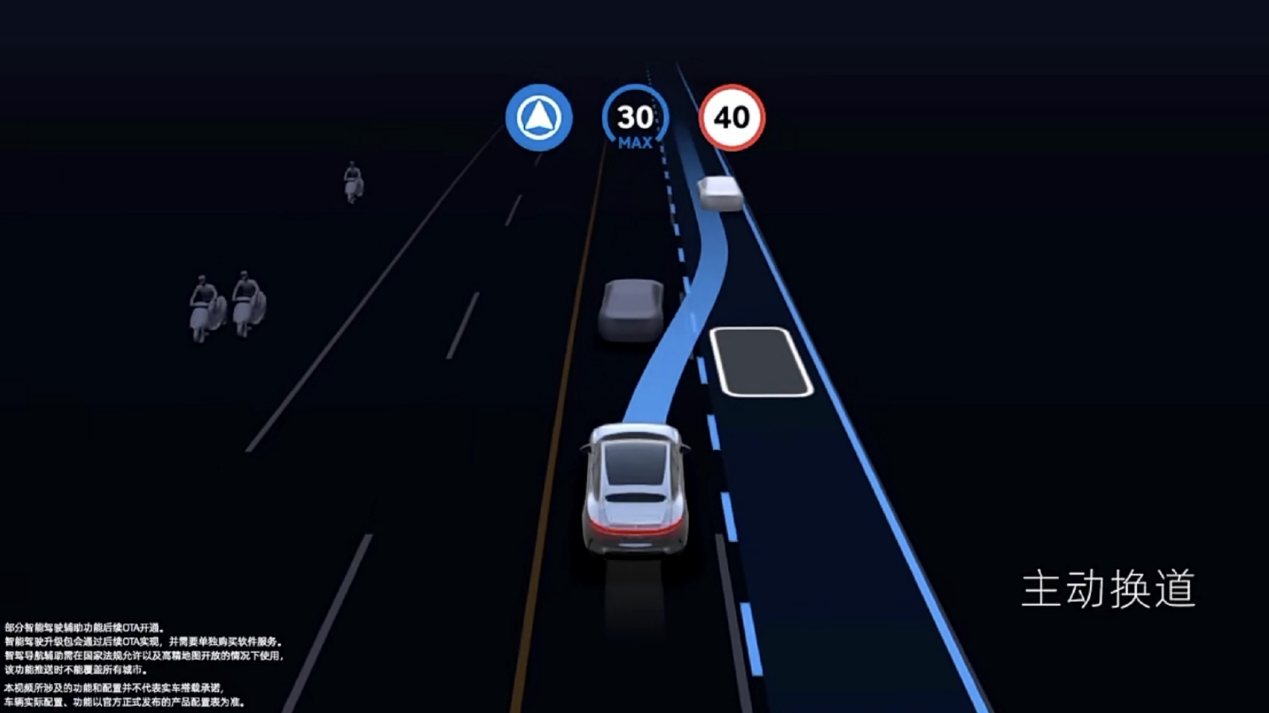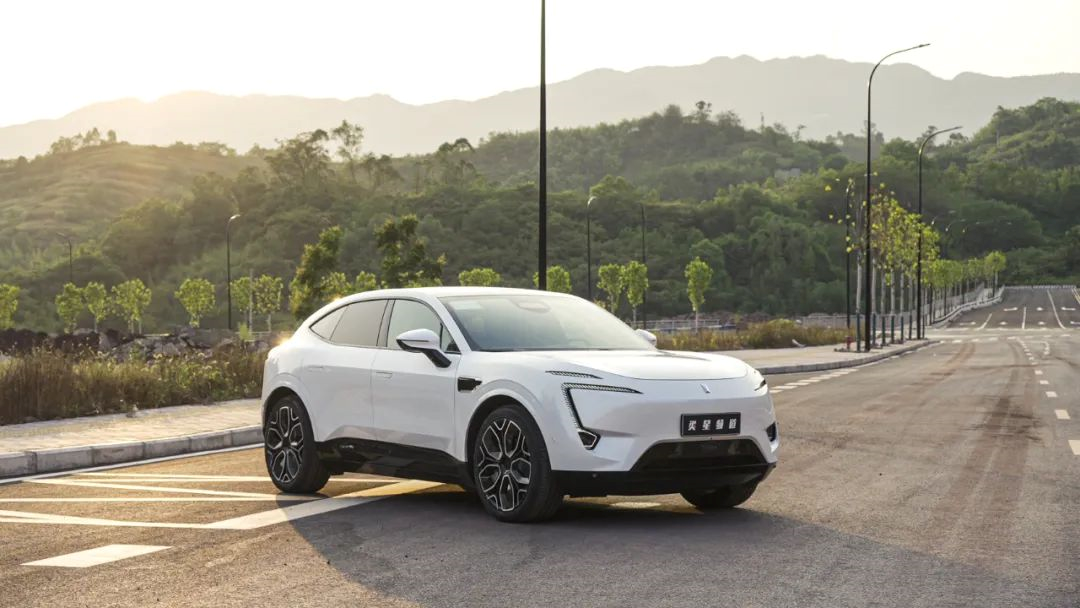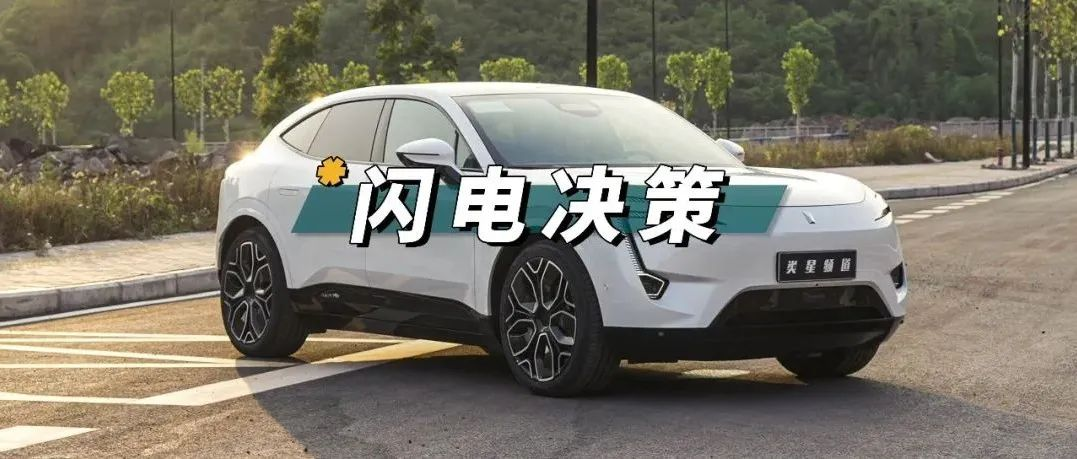Author: I The Office
On September 25th, Avita announced the locking rights of Avita 11. For all users who lock before October 31st, Avita 11 is launched with four limited-time locking rights :
- A lifetime full-vehicle quality assurance for the first owner
- A lifetime three-electric quality assurance for the first owner
- In addition to the original advanced driving assist package, it also includes NCA intelligent driving navigation assist, ICA intelligent cruising assist, and AVP valet parking assist
- Personalized fund options have doubled from 6,000 yuan to 12,000 yuan.
Even if you are not an automotive industry practitioner, you can appreciate the extraordinary strength of Avita’s locking rights this time. A subtle detail is that just two days before this, XPeng G9, also belonging to the market of intelligent electric SUVs, had just announced a brand new product configuration and price. On September 30th, the Ideal L7 also entered the battlefield in the form of One More Thing.
Obviously, Avita’s locking rights have been well planned in advance.
The Art of User Operations
As the saying goes, “If you want to win over foreigners, you must first pacify your own people.” We may have to start with lifetime quality assurance.
On August 8th, Avita held a press conference to announce the prices, models, and rights of the Avita 11 series. The Avita 11 series is equipped with dual motors and four-wheel drive, 750V high-voltage charging, and 34 intelligent driving sensors, including three laser radars, which greatly reduces the complexity of model selection.
Surprisingly, the initial five years/120,000 km “full vehicle” and eight years/160,000 km “three-electric” quality assurance for Avita 11 has become a topic of discussion among many pre-order owners. Is Avita’s quality assurance years and mileage too low? Not necessarily, if we look at the two competing companies mentioned earlier, Ideal Auto’s quality assurance is for five years/100,000 km “full vehicle” and eight years/160,000 km “three-electric,” while XPeng Auto’s quality assurance is for five years/120,000 km “full vehicle” and eight years/160,000 km “three-electric.”
It can be seen that in terms of quality assurance, Avita has not done better than its peers, but it definitely has not done worse. So where is the problem?Actually, the answer is simple. As a new classmate, Aweta needs to show enough sincerity to consumers in its early development.
Although we look at Aweta from the two dimensions of the whole vehicle and three-electricity, Aweta is supported by three giants, Changan Automobile, CATL and Huawei, in terms of the vehicle body, electric drive system, battery cells, modules, and battery pack. They are all controlled by well-established companies in the industry. From the perspective of origin, Aweta is at a higher level than other new car manufacturers when it first appeared.
But for users, new companies are new companies. Before achieving cumulative sales of more than 100,000 vehicles, Aweta needs to win the trust of 100,000 seed users. Fortunately, Aweta quickly discovered unusual voices from users and responded quickly. The lifetime quality assurance policy announced on September 25th is a manifestation.
So, for Aweta, is this a drink bird’s nest to quench thirst for customers?
In fact, in the era of emerging automotive companies, lifetime quality assurance is not unique to Aweta. We tend to believe that Aweta has done sufficient verification on the stability and reliability of its products and components in the early stage, which makes “lifetime quality assurance” a controllable insurance strategy, thus dispelling users’ concerns about new brands.

Overall, quality assurance has led to the first friendly “interaction” between Aweta and users, and this interaction ultimately ends with a concession that is cost-controllable for the enterprise and beneficial to users. This is already common in new car companies that directly operate user communities in China, such as NIO’s replacement of seats for ES6 and EC6 users, and the addition of the suspension quality assurance rights by Li Auto.
Now, Aweta quickly understands the rules of the game and participates.
Another city in intelligent driving
Compared with the mediation of quality assurance, Aweta has fully invested in intelligent driving, which really impresses me and firmly establishes the position of Aweta 11 as a head player in intelligent driving even before it has been delivered. Don’t believe it? Continue reading.
As usual, let’s start with the background. The industry’s general consensus is that the application scenarios of intelligent driving will gradually evolve into three major scenarios: city open roads, highways and elevated roads, and parking lots. At the listing conference on August 8th, Aweta announced that Aweta 11 will be equipped with a total of 34 sensors, including three lidars, as the basic hardware system for intelligent driving.


On this basis, AVITA announced that it will give away the NCA intelligent driving navigation assistance for high-speed and elevated scenarios, the ICA intelligent cruise assistance for high-speed scenarios, and the RPA remote parking assistance for parking scenarios. But on September 25th, AVITA went even further, directly giving away the remaining software functions, including the NCA intelligent driving navigation assistance for urban areas, the ICA intelligent cruise assistance for urban areas, and the AVP customer parking service, to the first batch of users.
Let me say it again. If you purchase any model of the AVITA 11 series before October 31st, you will directly enjoy the top-level intelligent driving hardware and software system without any additional charge. This is unprecedented in the automotive industry.
As an emerging technology, intelligent driving is a configuration that needs to be gradually popularized through extensive consumer education. L2 level driving assistance systems, or more straightforwardly, lane keeping in high-speed and elevated scenarios, have undergone such a process over the past five years. However, for the upcoming city and parking scenarios, the problem becomes much more complicated.

On the one hand, due to the increased complexity of the scenarios themselves, automakers need to equip higher-performance sensors and computing platforms, which raises the cost of the system. Many high-end intelligent driving systems that cover urban scenarios require an additional cost of 20,000 – 60,000 yuan, significantly increasing the barrier of entry for consumers.
At the same time, due to the complexity of the scenarios, it takes time to truly achieve algorithmic engineering landing, which further reduces consumers’ desire to try out the product.
This is where the significance of AVITA 11 giving away all standard software systems to the first batch of users comes in.
Firstly, AVITA 11 has brought the threshold for intelligent driving in urban and parking scenarios down to zero for users, which will gradually cultivate users’ habits and frequency of use in relevant scenarios.
Secondly, looking at the whole market, all leading intelligent driving vehicle manufacturers will start to enter cities in 2023, and AVITA 11 will become an important player in the field of urban intelligent driving.
Finally, with massive user scenario data, it will be turned around and used as training material for machine learning models, accelerating the iteration of machine learning models, and making the user experience even better. This will be a positive feedback loop.In a sense, offering all the software functions of advanced intelligent driving as part of the benefits package makes sense as the most exquisite benefit package in AVATAR this time. While significantly enhancing the competitiveness of AVATAR 11, it is also predictable to establish the leading position of the AVATRANS intelligent navigation system defined jointly by AVATAR and Huawei.
This is a rare win-win situation for both users and enterprises.
1.2 Million – What Can You Choose?
As mentioned earlier, because the initial product configuration combination of AVATAR 11 is designed to be simplified enough, even the AVATAR 11 Long Endurance Dual Motor Version priced at 349,900 yuan only supports the optional configuration of interior, hub, fragrance, and electric door, and if you prefer a version with a higher starting price, the optional configurations will further decrease – they are standard.

Importantly, AVATAR explicitly states that this 12,000 yuan applies to all optional configurations. Considering that there aren’t too many people willing to pay a budget of over 300,000 yuan to buy a car without any options, I think for consumers, a simple and rude understanding of this 12,000 yuan can be that the final landing transaction price will be discounted by 12,000 yuan.
Perhaps we should consider this benefit by looking at the overall vehicle and three-electric lifetime quality assurance, standard urban NCA and AVP, and the 12,000 yuan optional fund without additional terms. As mentioned at the beginning of the article, as we enter 2022, the competition environment in China’s high-end intelligent electric vehicle market is rapidly intensifying. Tesla, NIO, Ideal, and XPeng almost all have corresponding product distributions.
Against this background, let’s take another look at the lock-up rights of AVATAR 11. I think what is impressive is not only the content of the rights but also the sense of smell of the market environment of AVATAR, as well as the decision-making efficiency and speed to enhance product competitiveness.

After the lock-up rights were announced, AVATAR 11 became one of the most powerful electric SUV models in the 350,000-450,000 yuan market. This is the result of multiple dimensions of Price, Configuration, and User Operation, and the final actual effect will be answered in the foreseeable gradual growth of AVATAR’s sales in 2023.
END
This article is a translation by ChatGPT of a Chinese report from 42HOW. If you have any questions about it, please email bd@42how.com.
